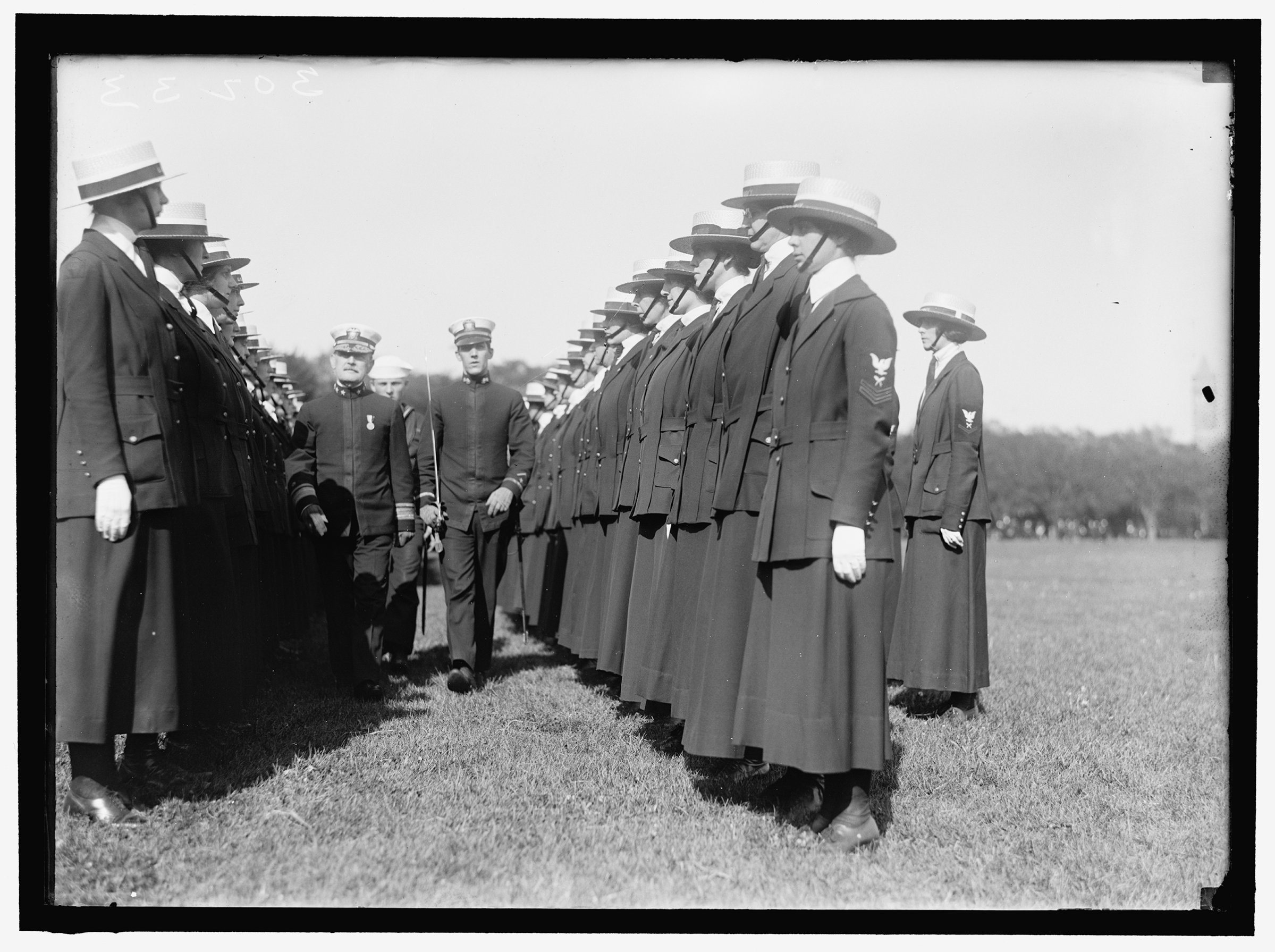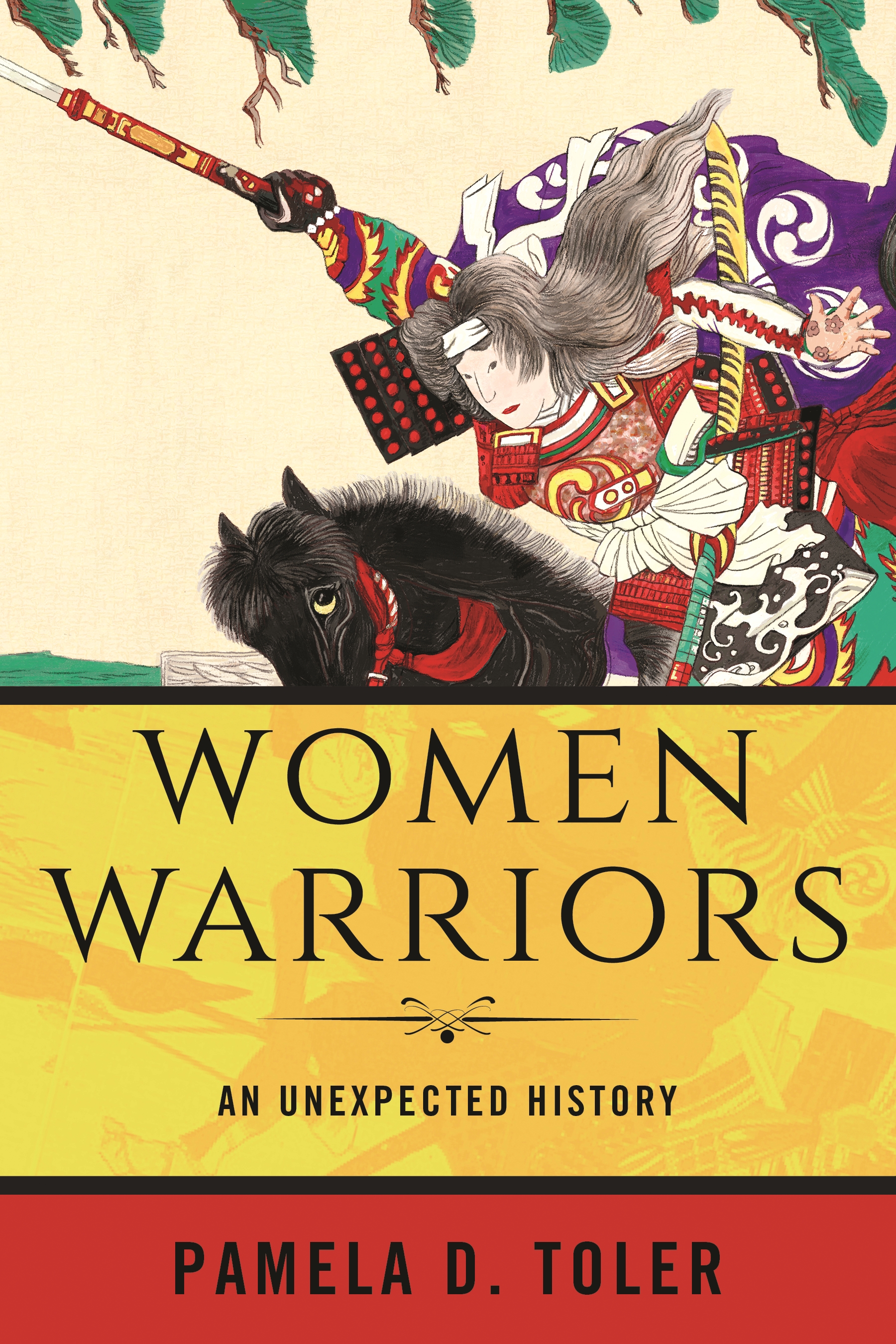
The First World War is often described as the first “modern” war. The term generally refers to mechanized warfare in the form of tanks and airplanes; terrorizing civilian populations as an act of war; and the mobilization of society as a whole. But it could also apply to the new roles of women in their nations’ war efforts.
Increasing manpower demands on the part of all the combatant powers in World War I made it easier for women to make official contributions, though few would fight. Women signed up as ambulance drivers, telephone operators, munitions workers, members of various service auxiliaries and even as soldiers in Bolshevik Russia’s all-female units. In the United States, the Navy’s “yeomanettes” and the Army’s Hello Girls were the first American women to openly serve in (or at least with) the military. And, though they served in the same war for the same nation, their experiences differed greatly.
Faced with the potential for serious manpower shortages in the approaching war, United States Secretary of the Navy Josephus Daniels decided to take advantage of a loophole in the Naval Act of 1916, which did not specify that only men could enlist. In March 1917, he took the bold — and controversial — step of enlisting women in the Navy as yeomen.
Hundreds of women between the ages of 18 and 35 headed to recruiting stations. By the time the United States entered World War I on April 6, 1917, two thousand women had enlisted as “Yeoman (F).” By the end of the war, the number of female yeomen had increased to 11,000.
Daniels did not intend for his female yeoman to serve in battle. The Navy initially recruited women to take over clerical duties, thereby freeing men to fight. Most female yeomen were indeed assigned to clerical jobs, but the list of jobs the Navy considered suitable for women grew as the war went on. Women also worked as radio and telegraph operators, supervisors for naval shipments, commissary stewards, fingerprint experts, draftsmen, pharmacists, torpedo assemblers and camouflage designers. Once the navy realized young women in uniform were good publicity, it trained female yeomen to march and perform basic military drills so they could parade in support of war bond drives, troop send-offs and other official events where goodwill was valuable.
The American press dubbed them “Yeomanettes.” Daniels objected to the nickname, saying, “I never did like the ‘ette’ business. If a woman does a job, she ought to have the name of the job.” The official designation, Yeoman (F), made it clear women were the institutional equivalent of men who held the same rank. Although they were not allowed to serve at sea, female yeomen received the same pay as sailors and marines at the same rank, a uniform allowance, medical care and war risk insurance.
The U.S. Army didn’t do as well by the young women it recruited to serve as telephone operators in France.
The telephone transformed military communications in the First World War. For the first time, commanders could communicate directly with front-line officers hundreds of miles away. All it took was a lightweight wire connection and the help of an operator.
When the United States entered the war, the army’s Signal Corps consisted of 55 officers and 1,570 enlisted men — most of whom maintained telegraph wires. It was easy enough to build up the Signal Corps to meet the new demand for telephone connections. The Army recruited fourteen Bell Battalions, staffed entirely by AT&T employees and their supervisors, whose job was to install and maintain telephone equipment alongside the advancing American army.
General John Pershing soon realized operators were the weak point in the system. Hastily trained enlisted men were not only ham-handed at managing the switchboard, but few of them could communicate with their counterparts in the French telephone system. Adding trained operators to the system wasn’t as simple as recruiting more men from AT&T. Eighty percent of American telephone operators were women. If the Army were going to use the telephone, they needed to recruit women.
Pershing placed a request with the U.S. Department of War for one hundred uniformed female telephone operators who spoke fluent French. More than 7,600 trained women operators applied for the first hundred positions.
Called “Hello Girls” by the soldiers, they made Army communications possible. Pershing referred to them as “switchboard soldiers who accepted hazard, without reservation, to serve their country.” Like the soldiers with whom they worked, they risked their lives. Unlike those soldiers, they were not considered part of the army.
The original advertisement sent out by the Signal Corps in response to Pershing’s request called for women to serve overseas in the Army, and it is clear that most of the women believed they had enlisted. But Army regulations clearly required soldiers to be male — a ruling left over from the Civil War, when women enlisted disguised as men. Without the loophole that allowed Daniels to hire female yeoman, the Hello Girls were were technically civilian contractors. They did not receive any of the benefits extended to soldiers during or after the war. They even had to pay for their own uniforms.
When peace came, the Hello Girls were stunned to discover the Army did not consider them part of the military. Congress finally recognized the Hello Girls as World War I veterans in 1979 — too late to do most of them any good.
The employment of women in the American military in World War I was seen as a desperate measure in a war to end all wars, one that would never need to be repeated. And yet, as they left the service for their peacetime lives, the female yeomen and Hello Girls held open the possibility of return. As Yeoman (F) E. Lyle McCleod wrote after her discharge:
No! I ain’t a yeomanette no more
And though I hate the very thought of war,
If Uncle Sam should ever say,
“I need ten thousand girls today,”
Would he get ’em?
Well, I’ll say! And more.
And in fact, 20 some years later, Uncle Sam did call for ten thousand girls, and more. During World War II, they came in WAVEs — and WAACs, and SPARs, and WASPs — and showed that the modern history of women in the military was only just beginning.

Pamela D. Toler’s most recent book is Women Warriors: An Unexpected History (Beacon Press, 2019), available now.
More Must-Reads from TIME
- Introducing the 2024 TIME100 Next
- The Reinvention of J.D. Vance
- How to Survive Election Season Without Losing Your Mind
- Welcome to the Golden Age of Scams
- Did the Pandemic Break Our Brains?
- The Many Lives of Jack Antonoff
- 33 True Crime Documentaries That Shaped the Genre
- Why Gut Health Issues Are More Common in Women
Contact us at letters@time.com